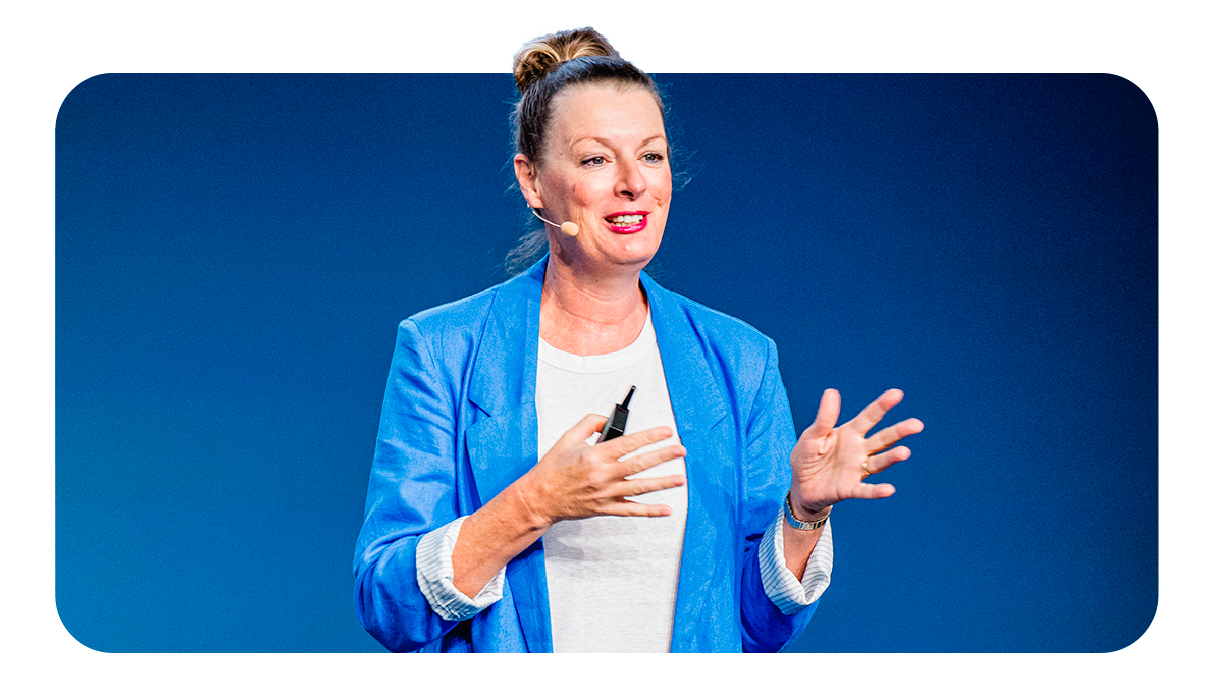Uncertain times tend to provoke more questions than answers, and things are no different today. Brands are having to work out how to pursue short-term efficiencies while navigating changing privacy expectations, sustainability concerns, and the need to secure long-term growth.
The notion of value is also becoming increasingly complex, encompassing everything from price to personal ethics. This presents marketers with another conundrum, as value sits at the core of what they’re expected to deliver.
Thankfully, the U.K. has a robust agency ecosystem ready to help marketers navigate these challenges. We asked three agencies what questions are top of mind for their clients right now — and how they are guiding them towards actionable solutions.
What’s the right measurement strategy for a cookieless world?

The deprecation of third-party cookies may have been delayed, but the expectations of consumers about how their data is used have never been higher. Marketers need to act now to future-proof their measurement solutions and assess what data is required to make accurate media investment decisions without cookies there to help them.
Any measurement strategy will need to meet — and ideally exceed — existing privacy regulations and, increasingly, the demands of consumers themselves. At the same time, it should take into consideration the short- and long-term effects of marketing activity and its impact on key business outcomes.
Any measurement strategy will need to meet — and ideally exceed — both privacy regulations and the demands of consumers.
I believe marketers need to cover three key areas.
- Firstly, they must build a holistic understanding of how their activity will impact the wider business — for example, through market mix and long-term modelling.
- Next, they need to employ agile techniques, such as machine learning, to analyse huge data sets and gain quicker and more granular insights, especially into people’s digital habits.
- And lastly, they must test new ideas and channels, using incrementality and innovation frameworks, such as geo experiments.
This complete approach to measurement can help make brands more confident in their marketing investment, showing that it’s going in the right places, working efficiently, and unlocking growth — for today and the future.
How can we build for long-term growth?

When consumer confidence is fluctuating, as it is now, it can be daunting for brands to think about pursuing growth. But any seasoned marketer will understand how important it is to plan and invest for sunnier days ahead.
Previous downturns have shown that brands that maintain their visibility with customers see stronger growth post-recession. Those that don’t do so risk starting on the back foot when demand returns.
Branding, or the lack of it, also has more immediate consequences. Brand strength diminishes consumer price sensitivity, and so in a world of high inflation, ownership of a strong brand makes it easier for you to navigate rising operational costs.
It’s therefore crucial to reserve budget for building your brand to achieve sustainable long-term growth. However, take this opportunity to review whether you can achieve your desired outcomes in a more cost-efficient way — for instance, through digital video.
Even in a recession, there are still short-term gains up for grabs as well; our agency-wide review of broad match experiments on Search revealed that advertisers saw a median volume uplift of 19%, without compromising their efficiency.
Advertising’s contribution to growth does not change during a recession. What changes is its relationship to the board.
While the benefits of advertising in an uncertain economic climate may be well understood among the marketing community, you can’t assume senior leadership teams share that understanding.
The brands that win in the long term will be those whose marketing teams are best able to articulate the proposition of how media delivers both immediate impact and incremental long-term value to the business.
Advertising’s contribution to business growth does not change during a recession. What changes is its relationship to the board — and the need for marketers to speak the language of the CFO.
How do I strike the right balance between granular control and automation?

The role of automation is never far from the top of the marketing agenda, but this will be even more important in 2023 than in previous years.
By helping to unlock pockets of untapped demand and reduce time spent on repetitive tasks, automation will be critical in mitigating the cost of inflation and delivering world-class performance as efficiently as possible.
Our clients are excited by the improvements in machine learning and the opportunities it offers as it integrates further into the advertising landscape. In our experience, brands in the U.K. have been particularly keen to scale products such as value-based bidding to grow revenues and achieve workflow efficiencies. Following that trend, we expect to see testing and adoption of Performance Max grow significantly in 2023.
By helping to unlock pockets of demand, automation will be critical in mitigating the cost of inflation.
Yet this also brings a degree of apprehension around a potential loss of control and visibility. Some marketers are reluctant to move away from the granularity and manual precision they have come to take for granted from digital marketing over the past couple of decades.
We’re working with clients to ensure they retain that level of control where it’s most effective, while also educating teams on the areas where machine learning can excel: for example, feeding in your first-party data to connect with and optimise towards your most valuable audiences on a privacy-first web.
Automating tasks such as these frees up more time and investment for brand building and creativity — two crucial differentiators that can help a brand navigate uncertainty and emerge stronger.





